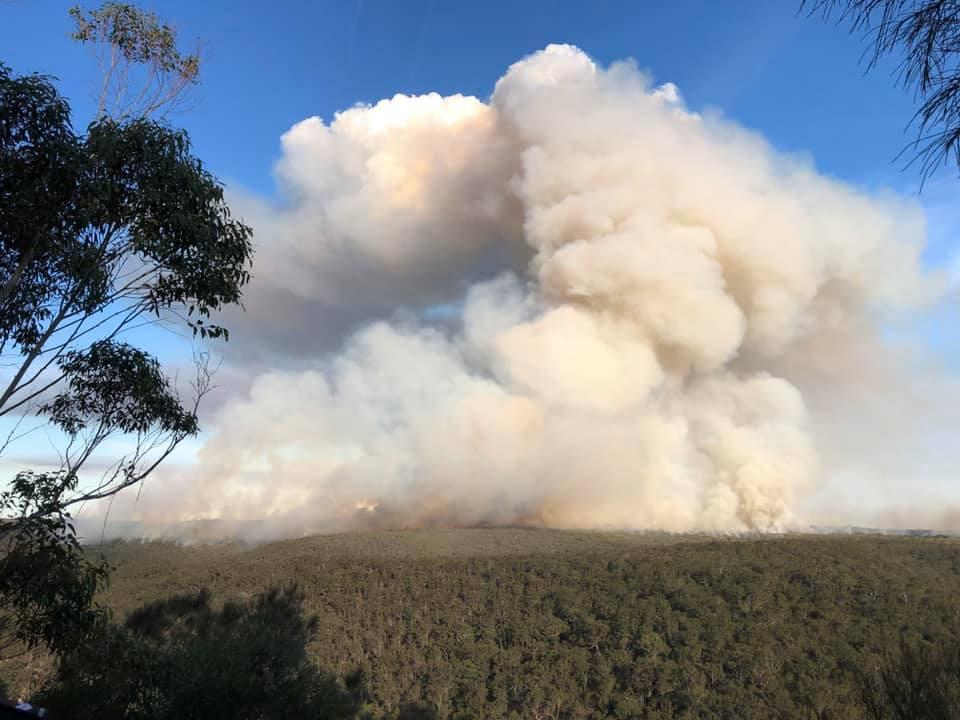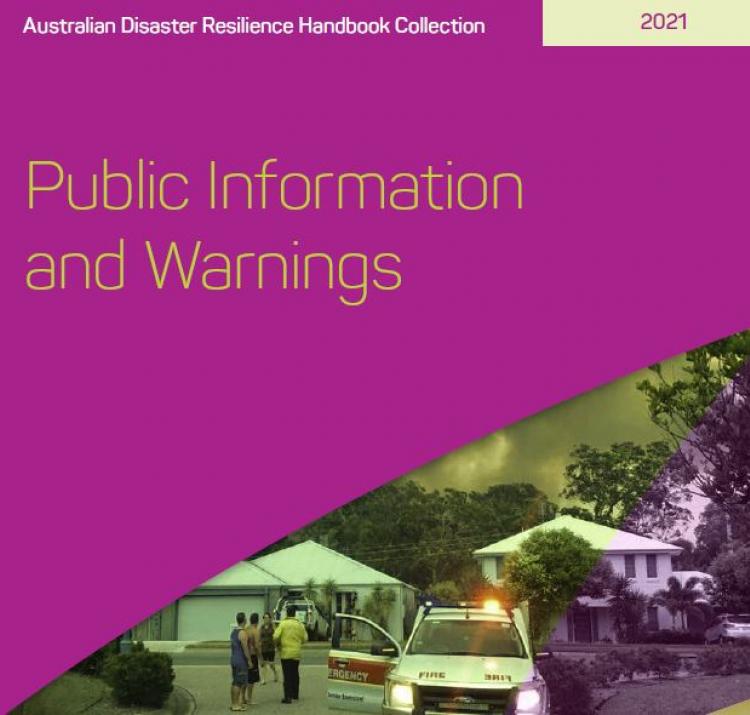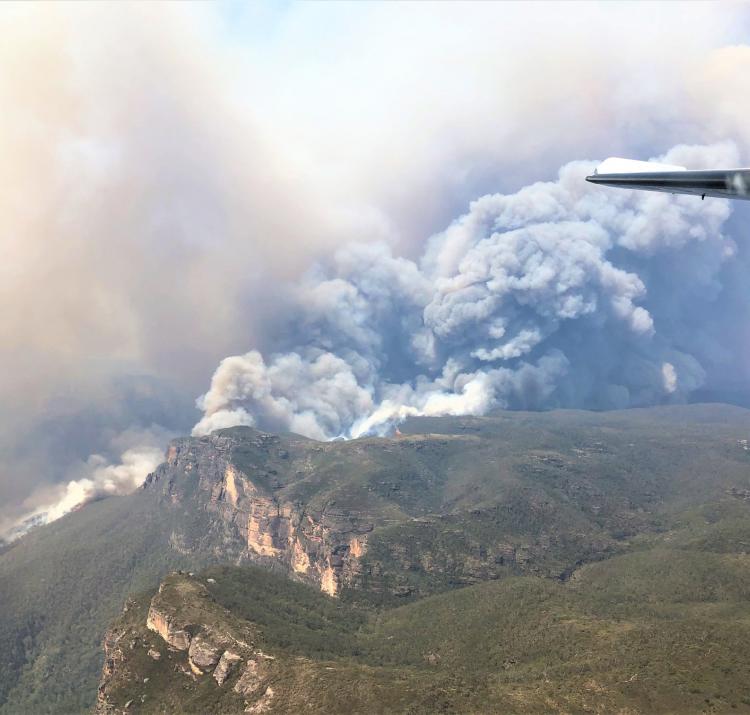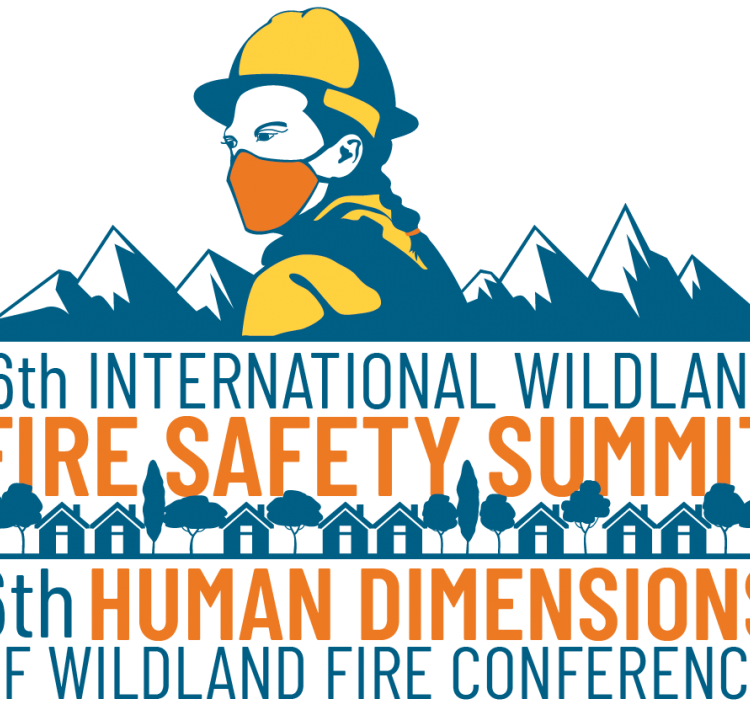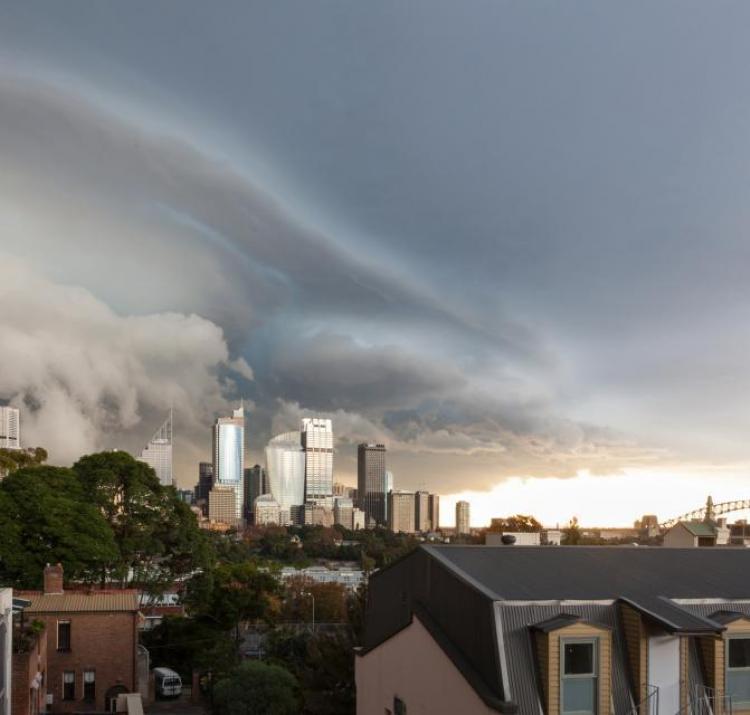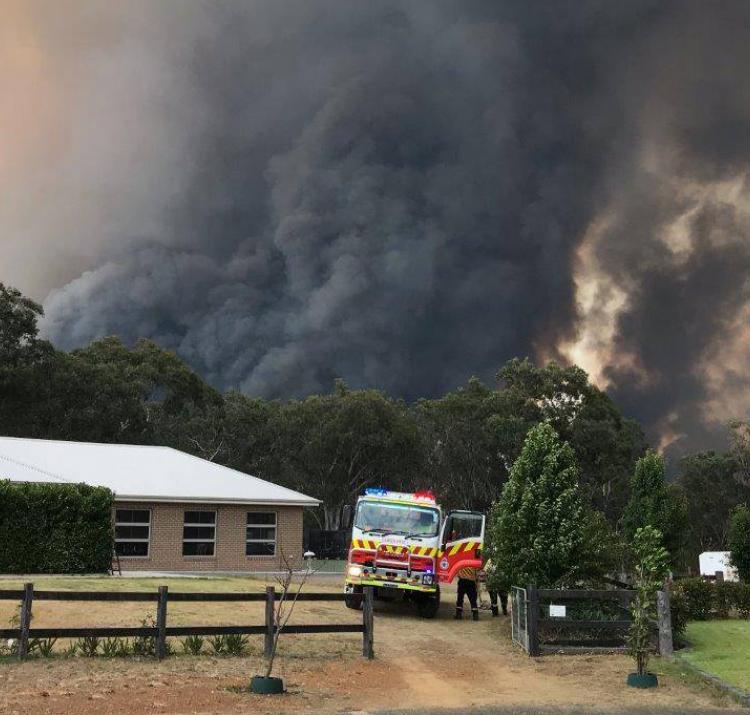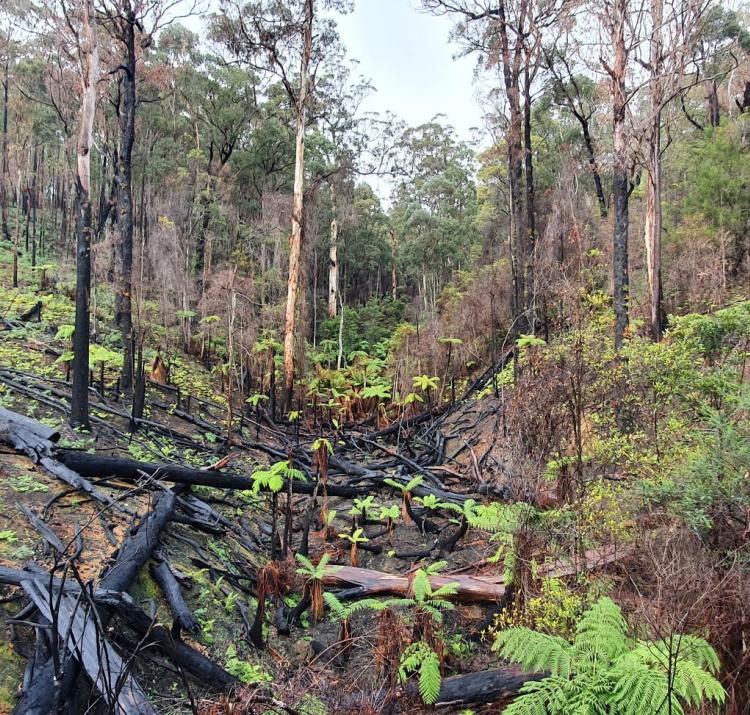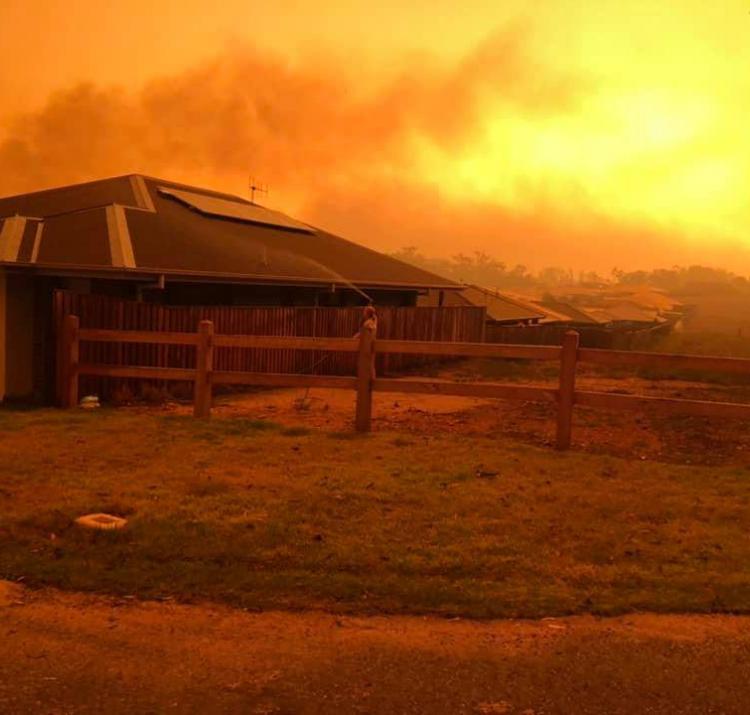Research leader
Research team
This project was commissioned by the NSW Rural Fire Service.
The 2019/20 bushfire season was the most devastating New South Wales had ever seen. At the peak of the season there were more than 140 fires burning across the state and at midnight on 5 January 2020, there was an unprecedented seven bushfires at Emergency Warnings and nearly 3,000 firefighters fighting the blazes.
The NSW Rural Fire Service commissioned the Bushfire and Natural Hazards CRC to undertake research into people’s experiences of the 2019/20 bushfire NSW bushfires. The research team was led by Dr Josh Whittaker of the University of Wollongong.
The objective of this research was to assist the NSW RFS in preparation for future bushfires by informing strategies to improve community bushfire safety.
Participants from fire affected areas across NSW were asked to participate and share their experiences. Due to COVID-19, interviews with community members were conducted via telephone and web conferencing (e.g. Zoom, Skype) during July and August 2020. These are any areas of NSW affected by the 2019/20 bushfires, including Batemans Bay, Malua Bay and Mogo; Bega Valley; Eurobodalla; Hawkesbury and the Blue Mountains; Mid North Coast; Northern Tablelands; Shoalhaven; Snowy Monaro; Snowy Valleys; and the Southern Highlands and Wollondilly.
In addition, a statewide survey was conducted in August 2020. With the impact of the fires so widespread, and Catastrophic fire danger warnings issued for metropolitan areas including the Greater Sydney region for the first time, it was important that the study heard about the experiences of those right around NSW.
The research builds on previous studies conducted by the CRC for the NSW RFS after major bushfires in recent years and helps the NSW RFS understand how communities respond to a bushfire, informing the RFS’ engagement with communities, before, during and after bushfire. Find out more about the research conducted after the 2018 Reedy Swamp fire on the south coast, the 2017 Currandooley, Sir Ivan and Carwoola fires, the October 2013 fires in the Blue Mountains, Southern Highlands and Port Stephens, and the January 2013 bushfires at Coonabarabran, Shoalhaven and Yass.
A donation to support this research from Jefferies Financial Group to the Bushfire and Natural Hazards CRC is gratefully acknowledged.
| Year | Type | Citation |
|---|---|---|
| 2021 | Report | Black Summer - how the NSW community responded to the 2019-20 bushfire season. 130 (Bushfire and Natural Hazards CRC, 2021). |
| 2020 | Book Chapter | Weather: Spaces, Mobilities and Affects (Routledge, 2020). at <https://www.routledge.com/Weather-Spaces-Mobilities-and-Affects/Barry-Borovnik-Edensor/p/book/9780367406394> |
| Date | Title | Download | Key Topics |
|---|---|---|---|
| 23 Jul 2020 | Interview participant information sheet - Community attitudes and experiences of the 2019/20 NSW bushfire season project |
|
|
| 23 Jul 2020 | Interview invitation letter - Community attitudes and experiences of the 2019/20 NSW bushfire season project |
|
|
| 05 May 2021 | Lessons from Black Summer: how people experienced the 2019/20 NSW fire season |
|
communication, communities, warnings |
| 08 Sep 2021 | Fire Australia Issue Three 2021 |
|
communities, indigenous communities, recovery |

